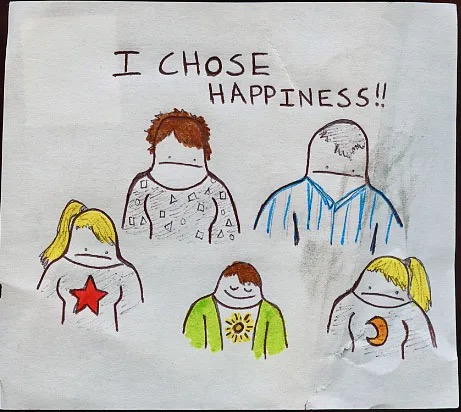
realize what is already always present
Like entrusting yourself
to a brave person when greatly afraid,
by entrusting yourself to the awakening mind,
you will be swiftly liberated, even if you
have made appalling errors.

realize what is already always present
Like entrusting yourself
to a brave person when greatly afraid,
by entrusting yourself to the awakening mind,
you will be swiftly liberated, even if you
have made appalling errors.

It is useless to
discuss the peace of the world.
What is necessary just now is to create peace
in ourselves that we, ourselves, become examples of
love, harmony and peace. That is the only
way of saving the world
and ourselves.

We say
to practice zazen
without any gaining idea,
without any purpose. Let things work
as they do, supporting everything as your own.
Real practice has orientation or direction, but it has
no purpose or gaining idea, so it can include everything
that comes. Whether it is good or bad doesn’t matter.
If something bad comes: “Okay, you are a part
of me;” and if something good comes,
“Oh, okay.” Because we don’t have
any special goal or purpose
of practice, it doesn’t
matter what
comes.

The heart is
The thousand-stringed instrument.
Our sadness and fear come from being
Out of tune with love.
All day long God coaxes my lips
To speak,
So that your tears will not stain
His green dress.
It is not that the Friend is vain,
It is just your life we care about.
Sometimes the Beloved
Takes my pen in hand,
For Hafiz is just a simple man.
The other day the Old One
Wrote on the Tavern wall:
“The heart is
The thousand-stringed instrument
That can only be tuned with
Love.”

On
the way to God
the difficulties feel like
being ground by a millstone,
like night coming at noon,
like lightning through
the clouds.
But
don’t worry!
What must come, comes.
Face everything with love, as
your mind dissolves
in God.